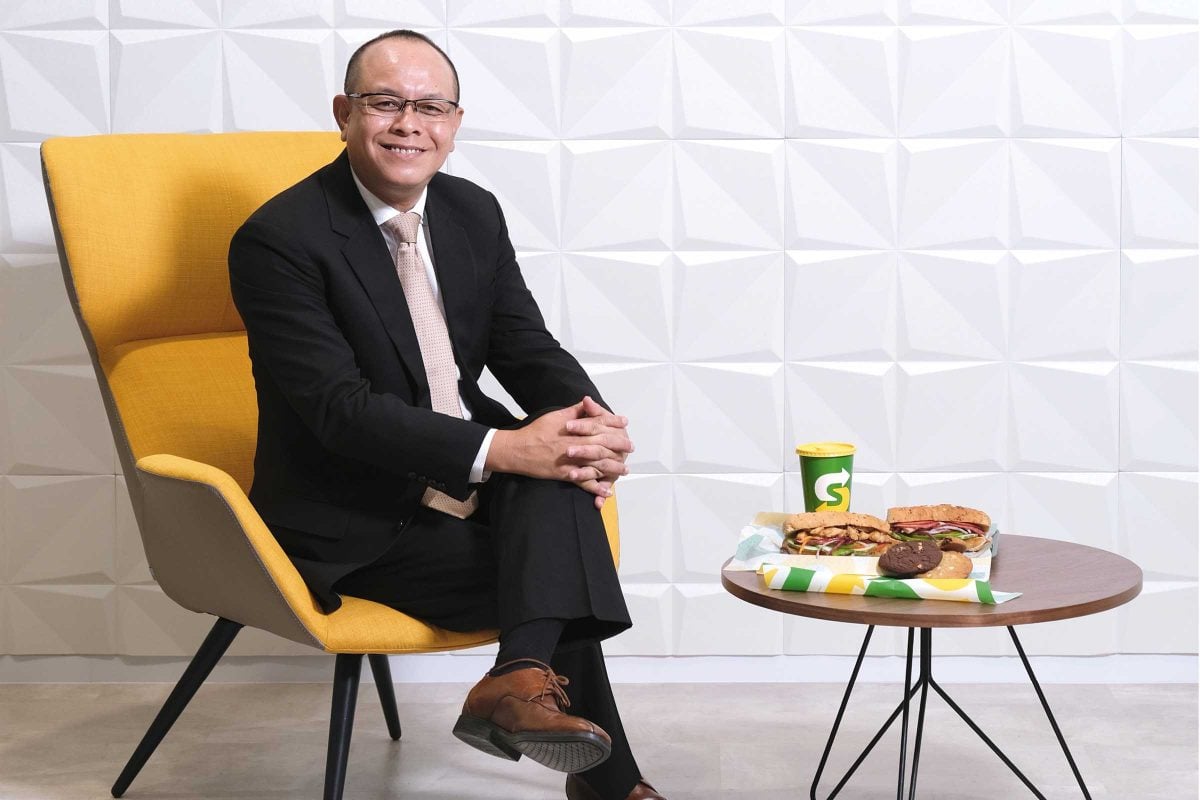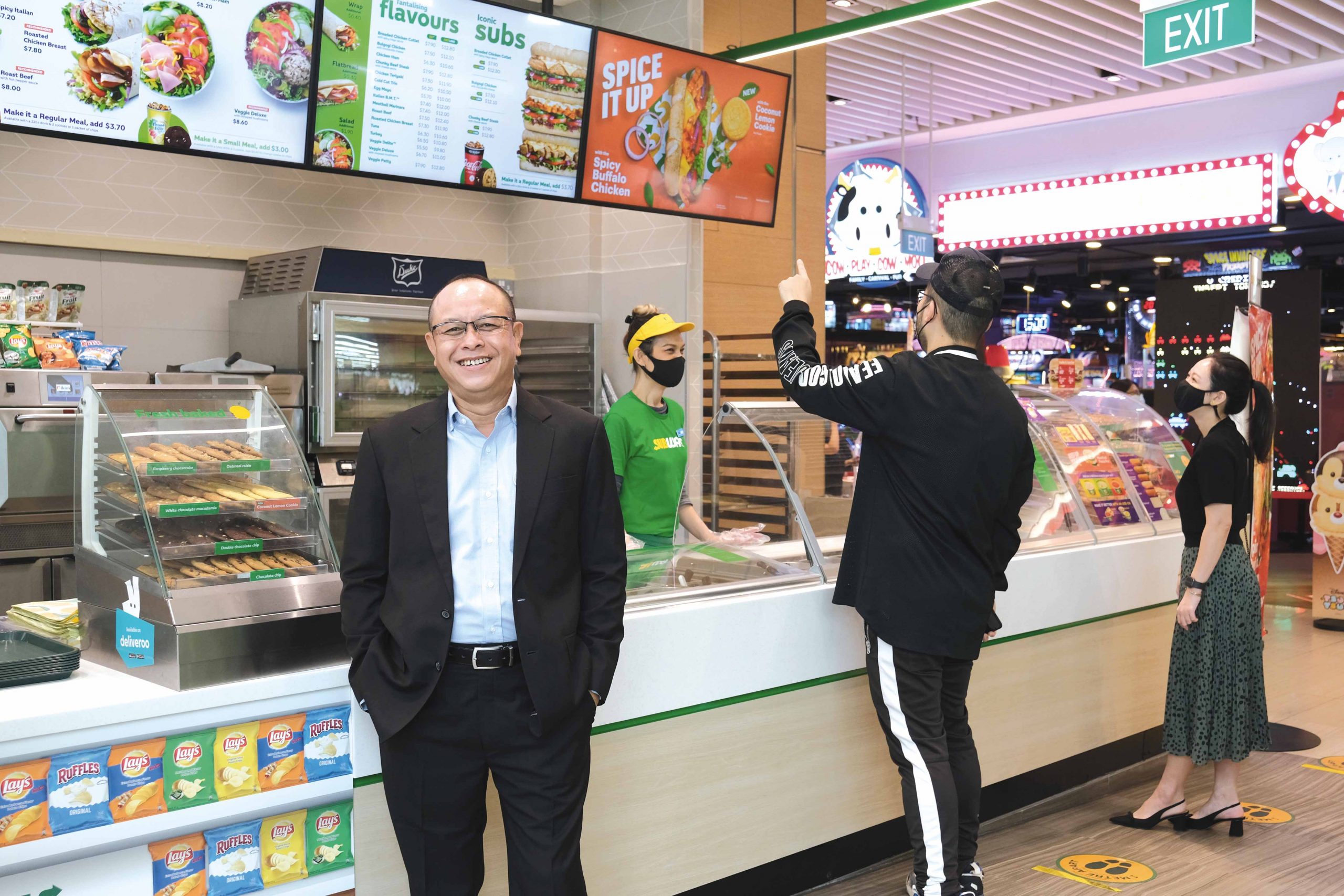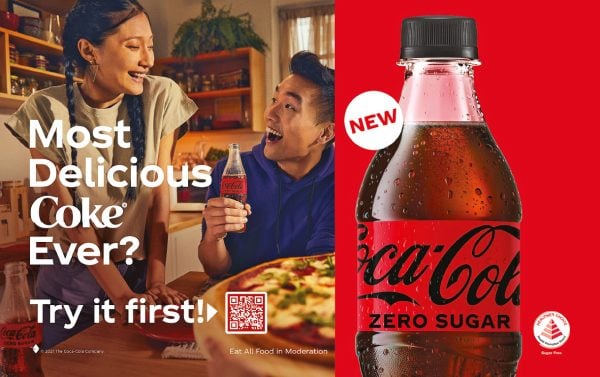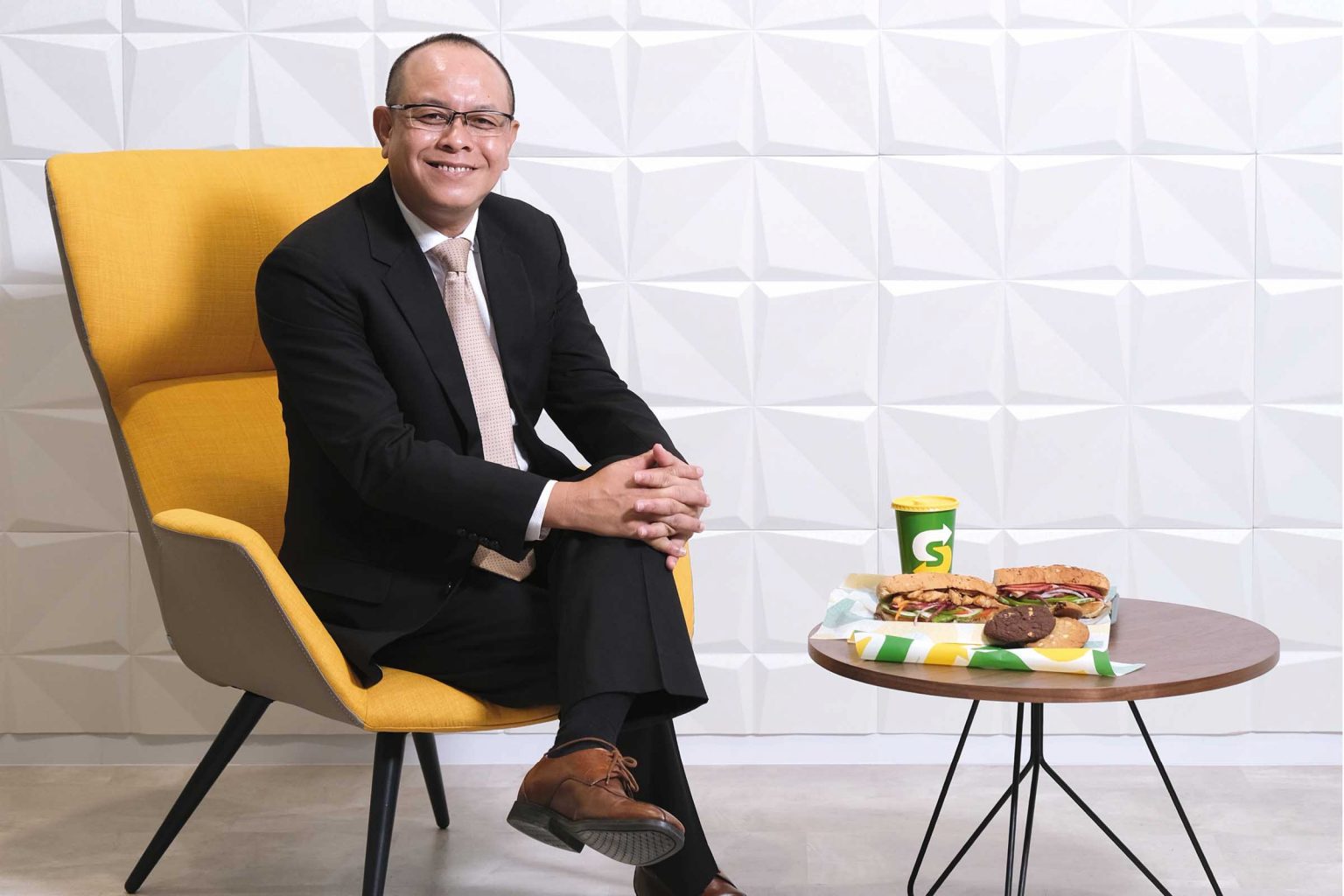There are a couple of theories as to when the first sandwich was ever made. One dates all the way back to first century BC and was said to be made by the famous Rabbi Hillel the Elder who began the Passover custom of sandwiching haroset, a mixture of chopped nuts, apples, spices and wine between two slices of unleavened bread. The second recounts a sandwich much like the one loved by many today.

It was popularised in England in 1762 by John Montagu, the fourth Earl of Sandwich. Legend has it, Montagu, a gambling man, requested the chef make something he could eat without needing to leave the card table and, thus, the sandwich – a layer of meat tucked neatly between two slices of bread – was born.
Regardless of where it came from, though, it’s no secret that Subway, the largest, single-brand restaurant chain company with more than 40,000 locations worldwide and over 500 in South-East Asia alone, perfected it.
With a fresh array of colourful, crunchy vegetables, delicious protein options and crave-worthy cheese all artistically layered upon a soft, fresh-fromthe-oven submarine roll, each sandwich is skilfully prepared by a Subway “sandwich artist” as if it were a work of art. And that’s what sets this global sandwich chain apart from its competitors.
“We have been successful in positioning Subway as a bold and innovative brand with our fresh spin on classic American subs and local favourites,” says Subway Country Director for South-East Asia Samad Shariff.
Subway is committed to providing a platform for entrepreneurs to become small business owners.
“We’ve been in South-East Asia for the past 20 years. Since then, Subway has earned the reputation as the leading ‘better for you’ quick service restaurant with our range of customisable, delicious and iconic sandwiches.”
Conscious that it must evolve to remain relevant in a rapidly changing landscape, Subway continues to shake things up, allowing the brand which is popular with working professionals and families to appeal to an even broader subset of demographics.
“In the past year, we launched a few limited time offers like the Meat Stack and Ultimate Cheesy Garlic Bread sub, which have been very popular,” Samad says.
“And knowing that millennials and gen Z are more conscious of the ‘excesses’ in marketing spend, we connected with these groups by using the hashtag #MoreMeatLessMarketing to launch the Meat Stack campaign. We acknowledged the fact that the days of excess are over in a fun and refreshing way.”
Even more, Subway refreshed the design and decor of its restaurants, providing guests with an inviting environment to spend time in while enjoying their food. And always going the extra mile, the restaurant also made improvements to the ordering process.

“We listen to our guests. And while we know that they appreciate the customisation that Subway is known for, sometimes it can be difficult to know how to customise,” Samad says. “So we have simplified the entire ordering process. On top of that, our sandwich artists have also been trained to offer recommendations, ensuring our guests have a great product every time.”
Currently, Samad heads the Subway venues in the South-East Asia region, including Singapore, Thailand and the Philippines, and he’s largely responsible for growing these chains to the calibre they’re at today.
“I have contributed to Subway’s evolution and progress, particularly over the past two years,” he says. “We now have a consistent DNA and focus throughout the company, from our CEO to our franchisees and Sandwich Artists at the restaurants, to serve each guest that comes in with delicious, wholesome food all while providing a positive experience whether they dine in, take away or order remotely through 3PD.”
Subway operates on a 100% franchisee business model. And compared to other QSR brands, it’s one of the lower-cost franchise opportunities, making business ownership more attainable. “Subway is committed to providing a platform for entrepreneurs to become small business owners. It’s enabled thousands to realise their ambition of owning a restaurant,” Samad beams.
“In addition, Subway restaurants also have a flexible footprint that makes it easy to open a restaurant just about anywhere including high streets, convenience stores, universities and colleges, hospitals and transport hubs.”
It’s not unreasonable to think that we will have another 1,000 restaurants, at least, in the next 5–10 years.
And with more than 40 years of franchising history, Subway’s franchisees benefit from operating in a tried-and-tested system replete with excellent training, a solid support structure and built-in supplier relationships like that with power brands Coca-Cola and PepsiCo.
“Depending on the market, we work with both Coca-Cola and PepsiCo and have regular joint business planning meetings,” Samad says.
“Together with our beverage partners, we have improved our range of beverages according to guest preferences and have also executed several successful co-promotions.” While all of this certainly contributes to Subway’s success, Samad believes the QSR wouldn’t be where it is today without his team. “I am very proud of the team I have today,” he says.
“I have succeeded in breaking down silos to build a competent and collaborative team of people who are ready to step up and contribute beyond their responsibilities.
“One of the things I enjoy most is bringing people together, helping them understand how their daily responsibilities relate to the strategic direction and leading them to work together cohesively to drive Subway’s growth in South-East Asia.”
Prior to COVID-19 in 2019, Samad says the region was among the business units that delivered the highest growth globally. And even through the pandemic, it continued opening new restaurants.
“I’m very proud of our business results,” he says. “We’ve found new ways of engaging with our guests, we’ve helped our franchisees become more profitable, and we’ve also built on our relationships with our partners. As such, it’s not unreasonable to think that we will have another 1,000 restaurants, at least, in the next 5–10 years. South-East Asia offers so much growth potential for Subway.”
Proudly supported by:




